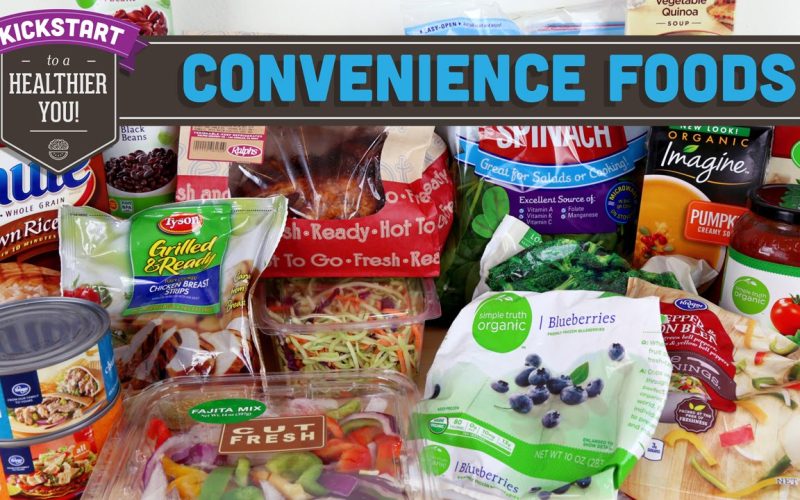Increasing globalization has drastically altered the lifestyle of people in India. The effect can be seen from their clothing to language, from their parties to their vocational preferences, everything seems as if going under a makeover.
In such an atmosphere, how can food habits remain unchanged!
A big thali with a massive parantha soaked in ghee and a glass of lassi with malai all over…is somewhat a rare site now, isn’t it? Today’s teens can be spotted with a box of noodles in one hand and a can of cola in other.
A parent’s priority has always been to serve their child with a healthy nutritious balanced diet. Earlier, home-cooked food prevailed as it was considered the healthiest. Its still healthy, then why its consumption and supply decreasing at such a pace?
The answer lies in our ‘quick pace’ lifestyle. It seems as if parents are too busy to prepare traditional food items which have a big list of tedious steps as their recipes.
Engrossed in their busy schedule, a parent tries to find an easy alternatives and then, ‘packaged-easy to prepare’ food items come into scene.
2-minute noodles, frozen veggies, fry-n-serve snacks…are in a great demand. Their suppliers advertise the product so interestingly that all the mommas find these the best products for their meals.
People are moved towards these simpler establishments unknowingly the harms caused by such food items. This food may be quite ‘convenient’ but actually it’s a monster in disguise!
Moving further on this track, we cite the two sides of the coin in detail.
Advantages
Ready-to-eat food items save us from preparing time consuming meals. It is actually very beneficial when parents are not able to devote their time towards cooking.
These cans and sachets come to our rescue while travelling as well. On our way, a handy packet of food is actually very beneficial. Another positive point of this ‘convenience food’ lies in the fact that they last longer than the home cooked food.
Basically, their preservation is a key point for their success. We can store the food kept frozen, or in cans and zip-lock pouches, seal bags tetra packs, etc. Hence, they are easy to carry and consume.
Whenever one’s caretaker is not at home, its not a big deal now, as fast food has flooded the markets all over. Easy availability, easy preparation techniques and easy handling-are the striking features responsible for the success of convenience foods.
Plus, these foods come in very delicious and lip-smacking variants so as to attract more and more public towards them. So, if we are getting tasty food at reasonable prices with so many positives added to their description, then why not to go for them!
Disadvantages
But unfortunately, packed food is not all roses! First of all, packed foods can never deliver the goodness of a fresh meal. They are packed in factories and then travel miles to reach in our hands, resulting in loss of freshness of ingredients.
To prevent this, companies use preservatives which can prove to be challenging for a good health. These unhealthy foods can raise the risk for cardiovascular diseases such as atherosclerosis, hypertension and stroke.
Most convenience foods on the market today are laden with saturated fats, sodium and sugar and provide little to no nutritional value. Sodium benzoate, also called benzoic acid, is used in acidic foods to keep microorganisms from growing.
In sensitive individuals, it can cause hives and other allergic reactions. For people not so sensitive, it has another set of complications. Sodium benzoate, when combined with ascorbic acid can raise the chances of suffering from leukemia and other forms of cancer.
Cancer risk can also be increased by nitrates and nitrites which are generally used to preserve meats. List of diseases caused by preservatives still goes on! Eliminating foods with preservatives from the diet can reduce the symptoms and severity of asthma.
They can also be responsible for abnormal behavioral changes. They initiate hyperactive behavior, especially among kids. Weakening of heart tissues is another hazard added to the list.
Apart from health issues, packaged food is also entangled in the nets of environmental issues. Packing material used for food is not eco-friendly and hence, it becomes a big problem to dispose it off correctly.
Use of epoxy-based resins, polyvinyl chloride to seal the boxes, liners in paper boxes, glass bottles containing lead- all contribute towards contamination of food by chemicals.
Helpful Measures
Thus, ‘convenience food’ is both a boon as well as a bane having its pros and cons. Although these foods help a lot in today’s lifestyle, but can seriously harm our health and environment.
So, their consumption should be controlled as much as possible. This can be done with sincere efforts of parents and guardians by devoting time to their child’s needs.
Companies should be more careful while packaging, and should try to shift to some eco-friendly measures. Public awareness on health hazards and correct disposing methods should be created.
In the nutshell, convenience foods should be consumed when we are in dire need of some handy food, or else, home-cooked, fresh, nutritious food should prevail.








